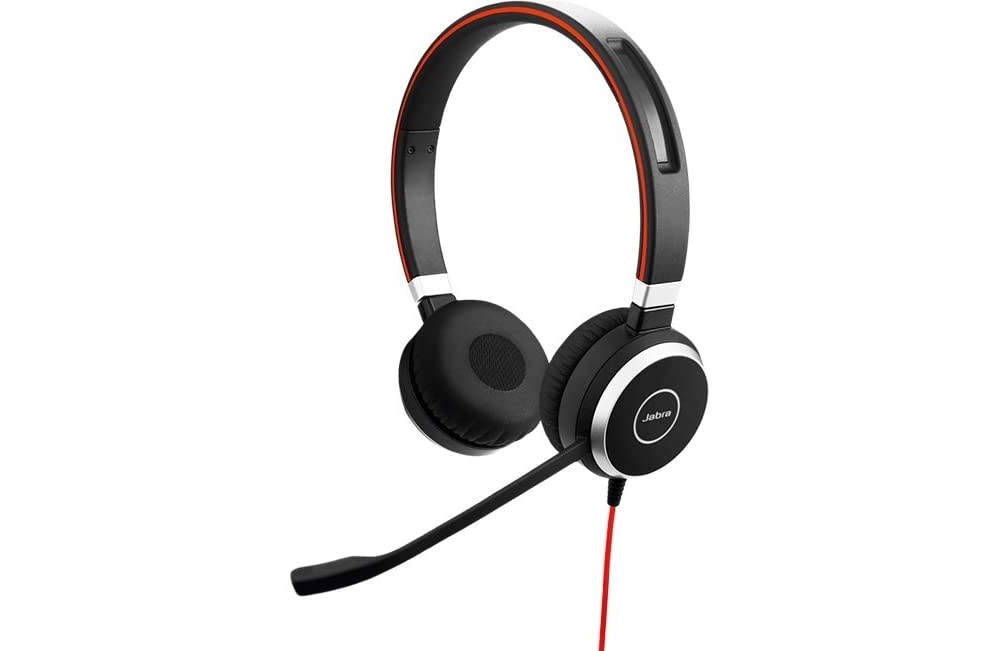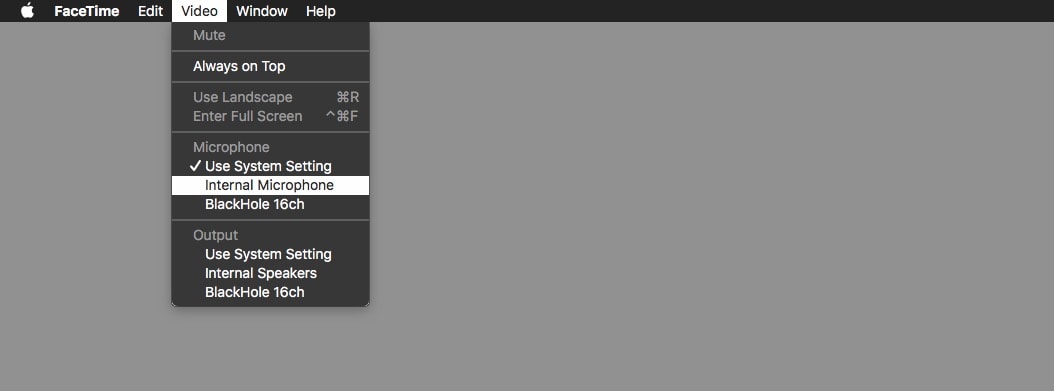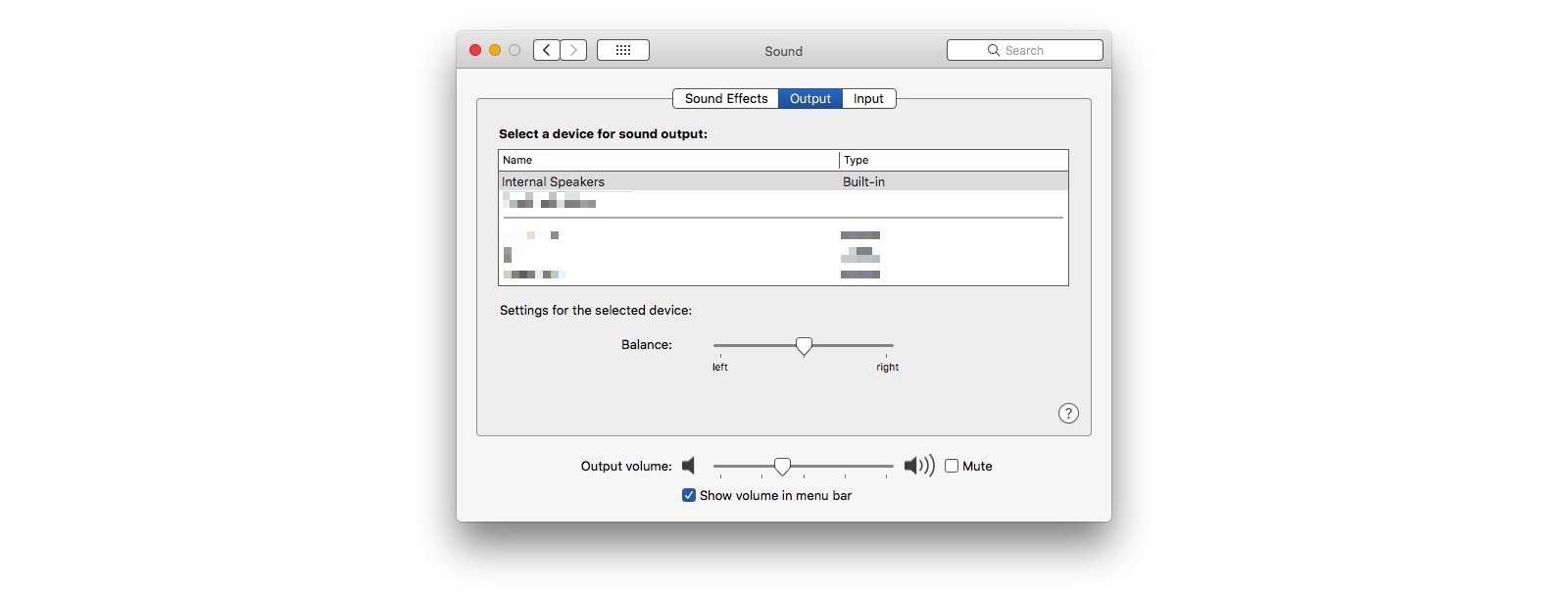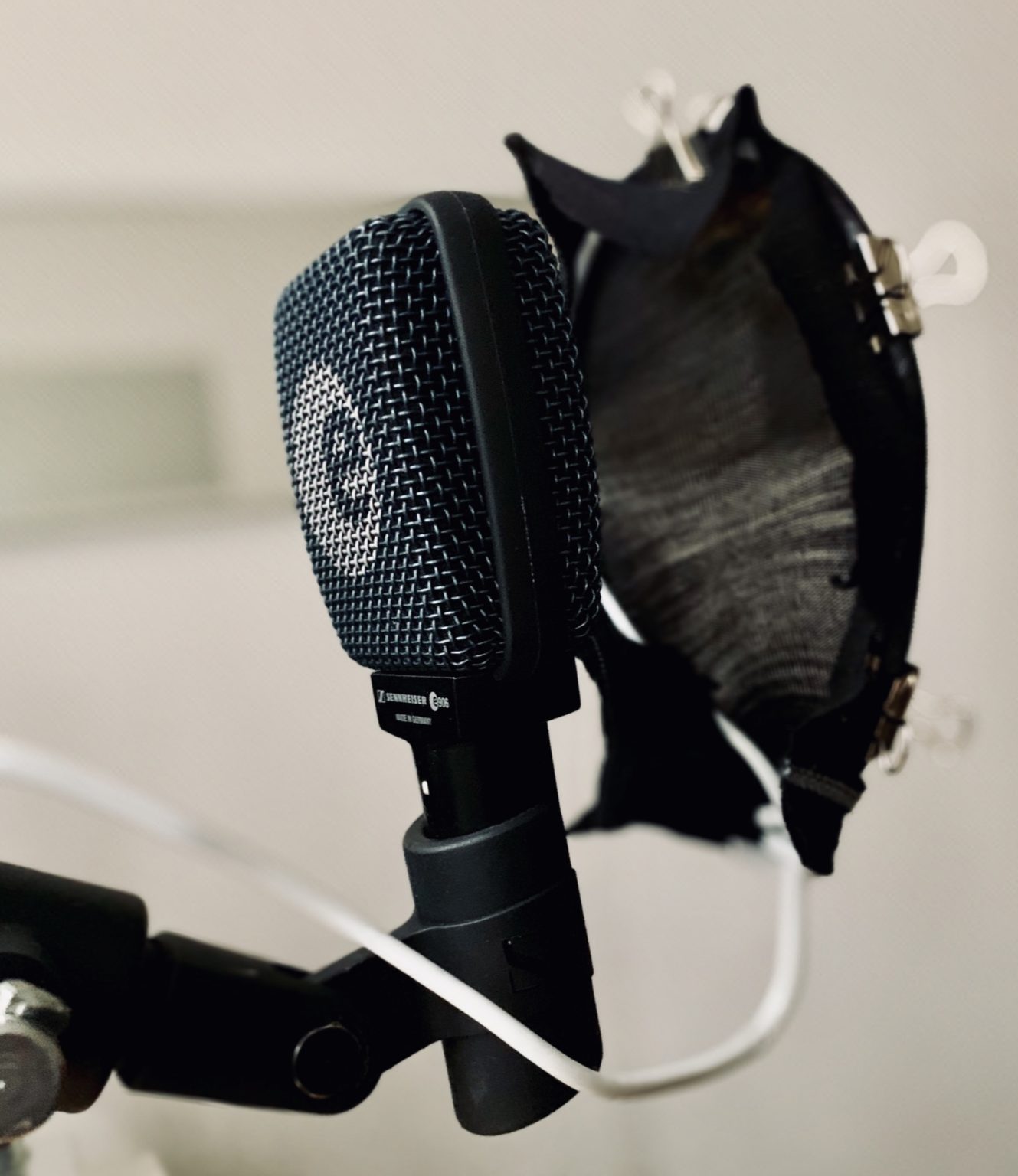You’ve probably made more video calls in the last few weeks than you’ve made in the previous few years combined. And if they were on your iPhone or iPad, then they probably sounded great. But what if you’re using a Mac, with its prehistoric mics1?
No worries. Through the magic of technology, you can use a better mic with your Mac’s Skype or FaceTime. (As a bonus, it also might make you feel more comfortable during videoconferences.)
This post contains affiliate links. Cult of Mac may earn a commission when you use our links to buy items.
Use headphones

Photo: Jabra
First up — audio. The iPhone and iPad do a good job of a) cutting out background noise and echoes from your own room, and b) not picking up the sound from their own speakers, and sending it back to the other caller. But you’ll get even better sound isolation if you use a headphone and a mic. This is super-important. If you use any external microphone, you must also use headphones, or the mic will pick up the sound from your speakers. And everyone will hate you.
Don’t panic. You don’t necessarily need to buy new gear. You probably have the right stuff already. If you have a pair of AirPods, those work great for FaceTime calls, both on iOS and on the Mac. Just connect them as if you were going to listen to music, and FaceTime will use them instead of your computer’s built-in mic and speakers.

Photo: Cult of Mac
On the Mac, you may need to remind the FaceTime app to use the AirPods. The setting is right there in the Video menu, as you can see in the screenshot above.
AirPods
If you don’t own AirPods, then just plug in the old EarPods that came with your iPhone. (You’ll need the 3.5 mm jack ones if you’re using them with a Mac, not the Lightning ones.) The EarPods microphones aren’t as good for calls as those in AirPods, but that’s because the AirPods have a mic in each side, and they use some fancy processing to cut out background noise.
If you want better quality, and better comfort, then go for a USB headset. Wirecutter currently recommends the Jabra Evolve 40, which is probably a fine choice (although the guide is from 2018). The Jabra Evolve 40 is a set of over-the-ear headphones with a boom arm for the mic. This is a great combination, because it is comfortable and also improves sound quality and isolation, thanks to the mic being right next your mouth.
For the very best quality, you could consider a separate mic and headphones. However, then you’ll need a USB audio interface that accepts an XLR mic, plus cables and a mic stand. That’s a lot of hassle just for voice calls.

Photo: Cult of Mac
To use a headset with your Mac, just plug it in and either click on the speaker icon on the menu bar and select the headset from the list, or open up System Preferences > Sound, and configure it there.
Home harmony
Using a headset has one other big advantage, especially if you are now working from home with the rest of your family: They won’t have to listen to your conversation. Hearing other people shouting through tinny iPhone or Mac speakers is super-annoying. Using AirPods or headphones for video calls lets you avoid irritating your housemates.
Just remember, if you’re on a voice call, and the other party is shouting, that doesn’t mean you need to shout, too. It takes a bit of practice, but you should be able to stay calm and speak at a normal volume, even while others yell. And if they can’t hear you? That’s why their own phone/computer has a volume control.
- The latest MacBook Air and 16-inch MacBook Pro have pretty great built-in mics. ↩


